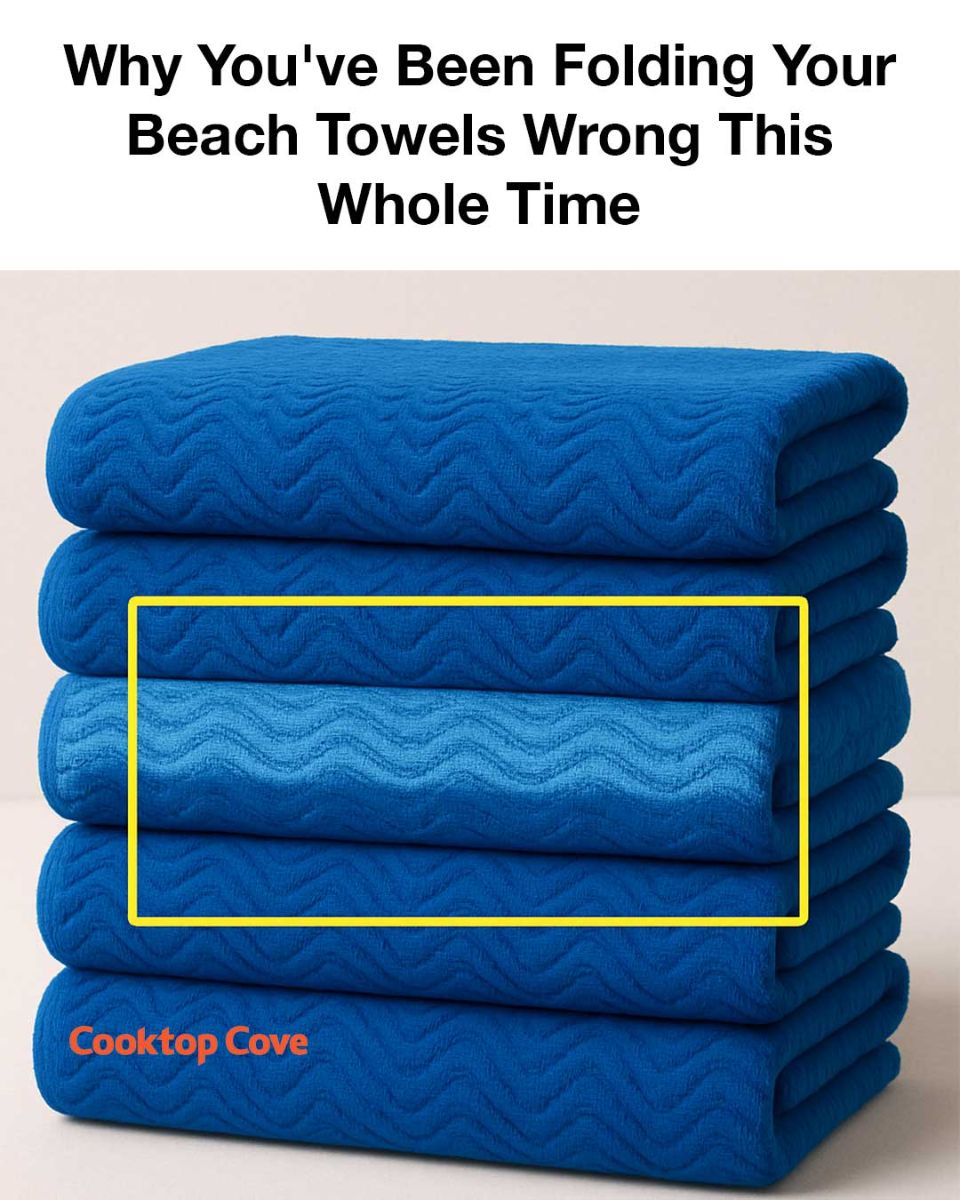Beach towels are a staple of summer, a must-have for anyone planning to soak up the sun by the shore. Yet, despite their ubiquity, many of us are guilty of not giving much thought to how we fold them. We might haphazardly toss them into a beach bag or stuff them into a closet, not realizing that the way we fold our towels can have a significant impact on their functionality and longevity.
In this article, we’ll explore the common mistakes people make when folding beach towels and why proper folding techniques are essential. From maximizing absorbency to ensuring your towels last for years to come, we’ll cover everything you need to know to elevate your towel-folding game.
1. The Common Mistake Everyone Makes
Most people tend to fold their beach towels in half, then in half again, creating a bulky square or rectangle. While this method might seem convenient, it often results in uneven edges and a towel that doesn’t lay flat. This approach can also lead to unnecessary creases, which can weaken the fabric over time.
Another common mistake is rolling towels too tightly. While rolling can save space, doing it incorrectly can compress the fibers, reducing the towel’s ability to absorb water. Ideally, a beach towel should be folded in a way that maintains its fluffiness and absorbency.
2. Why Proper Folding Matters
Proper folding is more than just an aesthetic choice; it plays a crucial role in maintaining the functionality of your towel. A well-folded towel ensures that the fibers remain intact, which is essential for maximum absorbency. When towels are folded correctly, they can absorb up to 25% more water compared to those that are improperly folded.
Additionally, proper folding helps in organizing your storage space. Neatly folded towels take up less room, allowing you to fit more into your linen closet or beach bag. This can be particularly beneficial if you’re packing for a family trip and need to maximize every inch of space.
3. The Science Behind Towel Folding
The science of towel folding revolves around the structure of the fabric. Towels are made of loops of cotton or other absorbent materials that trap water. When these loops are compressed or creased, their ability to hold water is diminished. By folding towels in a way that preserves these loops, you ensure that the towel remains as absorbent as possible.
Moreover, the way a towel is folded can affect its drying time. Towels that are folded to allow air circulation dry faster, reducing the risk of mildew and odors. This is particularly important for beach towels, which are often exposed to saltwater and sand.
4. Viral Hacks That Actually Work
Social media is full of hacks for folding towels, but not all of them are effective. One viral method that does work is the ‘hotel fold,’ which involves folding the towel into thirds lengthwise, then in half, and finally into thirds again. This technique not only looks neat but also maximizes absorbency and storage efficiency.
Another popular hack is the ‘roll and tuck’ method, where you roll the towel loosely and tuck the ends in. This method is great for saving space and keeping the towel fluffy. It’s especially useful for packing towels in a suitcase or beach bag.
5. How to Fold for Maximum Absorbency
To fold a towel for maximum absorbency, start by laying it flat on a clean surface. Fold the towel in thirds lengthwise, ensuring that the edges are aligned. Next, fold the towel in half, then in half again. This method keeps the loops of the fabric exposed, allowing them to absorb more water.
It’s important to avoid pressing down too hard when folding, as this can flatten the loops and reduce absorbency. Instead, aim for a gentle fold that maintains the towel’s natural fluffiness.
6. The Best Folding Techniques for Storage
Next Page

